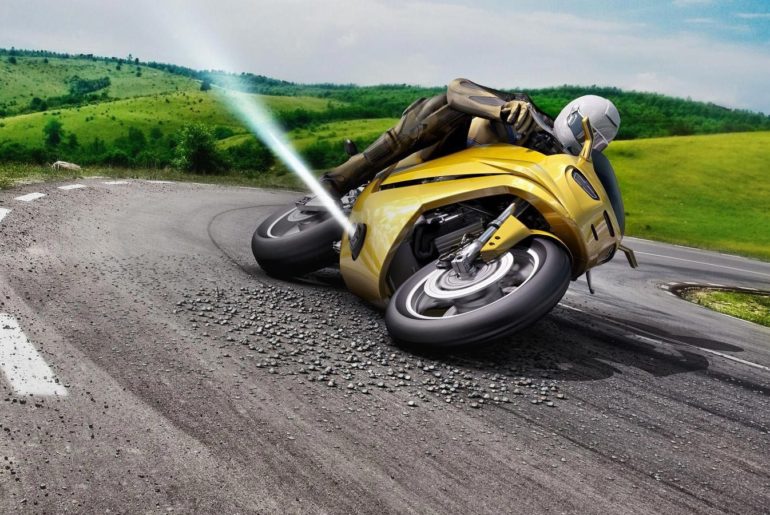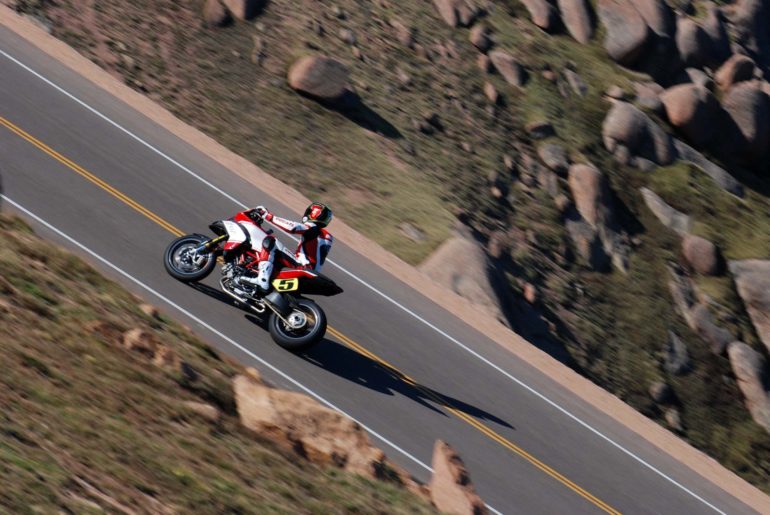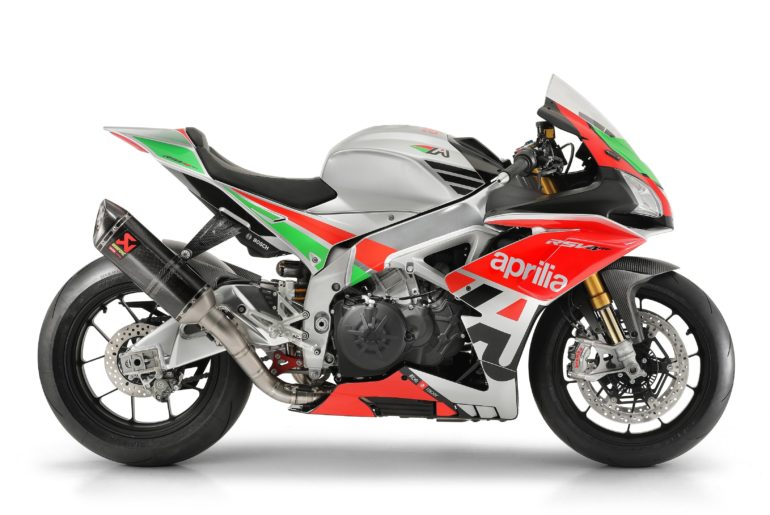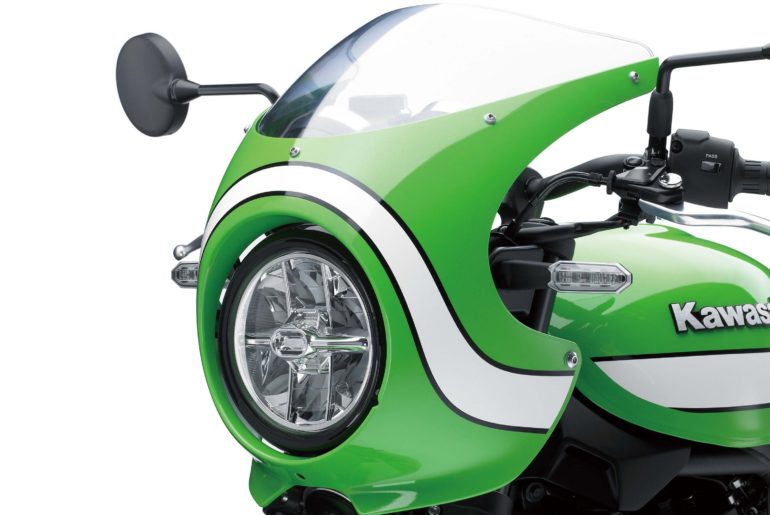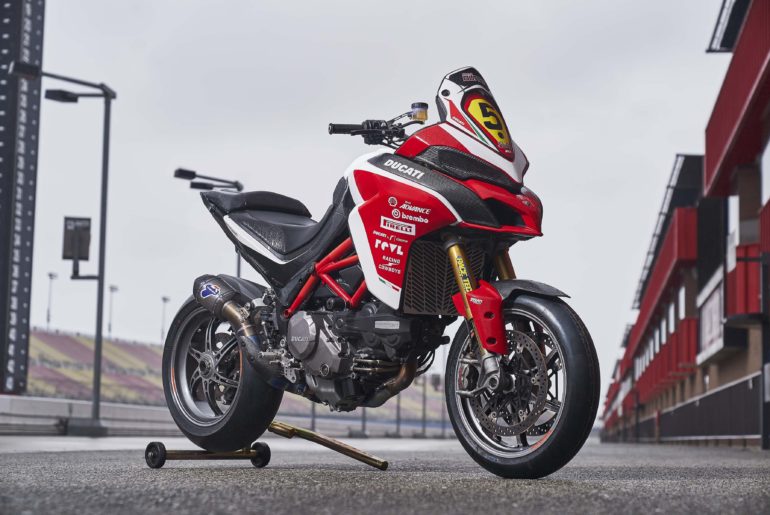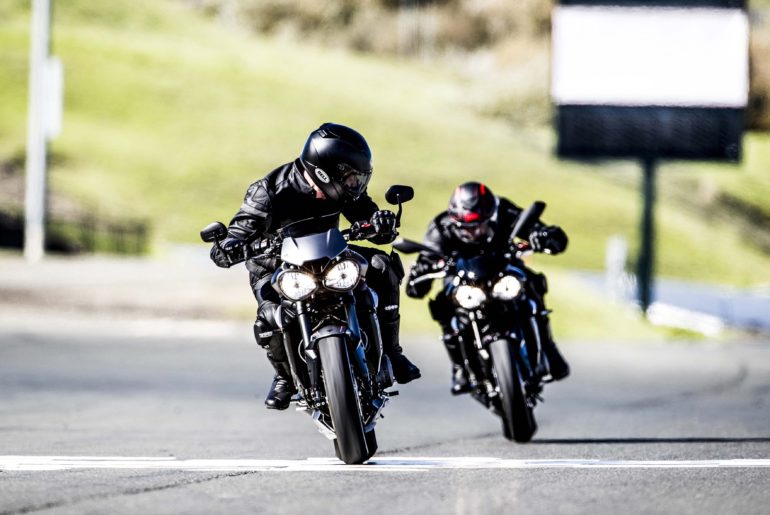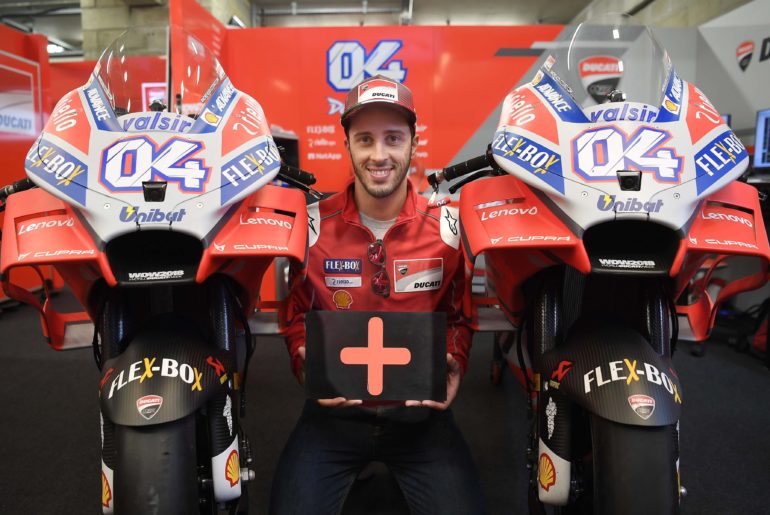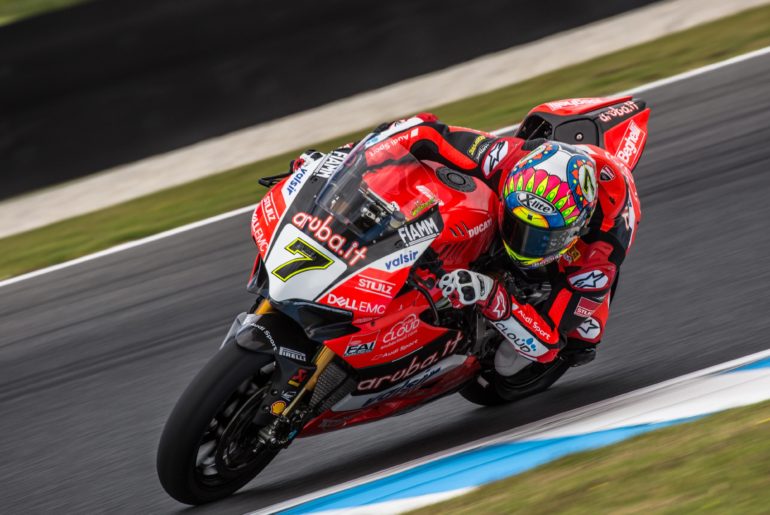It has been a busy month since our inaugural edition of “What We’re Reading” column, so there is plenty to catch-up on reading-wise. Again, our reading list spans stories that go between the motorcycle industry and also non-endemic media outlets.
This edition focuses heavily on the racing world, and in it we get a glimpse into the world of the MotoGP Championship, from the riders’ perspective. We also see what’s happening in the automotive industry, as well as the media landscape as a whole.
Many of our stories can be brought back to the motorcycle industry, as our industry faces analogous problems to other sectors. Of course, some of the pieces made our list simply because I thought they were interesting and thought-provoking.
Part clearinghouse for stories that we will never get our full attention, and part book club for our loyal readers who are doing their best to survive the work day, say hello to the next installment of the “What We’re Reading” column series.
“Blinded by Pride” – On-Track Off-Road

Our first article comes from my good friend, colleague, and Paddock Pass Podcast host Neil Morrison, who takes a look at the actions of Marc Marquez at the Argentinean Grand Prix.
Examining the Spaniard’s behavior in a MotoGP race that saw Marquez billiard ball his way through a slew of slower riders, Morrison weighs the actions of both the reigning world champion, as well as race control itself.
I am always a fans of Neil’s work, and if OTOR isn’t on your short-list for race coverage, it should be. You can find OTOR publisher Adam Wheeler on the latest Paddock Pass Podcast episode too, by the way, if you can excuse my shameless self-promotion of the show.
“Cal Crutchlow: Britain’s MotoGP Hero Describes the Physical Demands of Life at the Limit” – The Telegraph

Speaking of Adam Wheeler, he brings us our next story, which focuses on Cal Crutchlow and the physical demands of riding a 270hp MotoGP motorcycle.
If you can get past the Britain fanboyism that comes with Cal Crutchlow being The Great White Hope of British motorcycle racing, Adam does a great job of showing the physicality of motorcycle racing.
Fitness has been a constant evolution over the past 10 to 15 years in racing, with motorcycle racers becoming more like top-tier athletes than international petrol-fueled playboys.
For a sport that involves operating a machine, it can be easy to forget how much physical training these riders go through in order to do it at the highest level.
If he wasn’t racing motorcycles, Crutchlow could easily find himself with a pro cycling contract, and he often trains with fellow Isle of Man resident Mark Cavendish, who has won more than a few stages of the Tour de France cycling race.
This should be a fascinating read for anyone who races, does track days, or is generally fitness-focused.
“Ford Confirms the Only Cars It Will Sell are Mustang, Focus Active”- AutoBlog

Some news of the four-wheeled variety, Ford recently made the shocking announcement that it was going to stop making a number of its car models, leaving only the iconic Mustang and the yet-to-be-released Focus Active on its future car lineup.
It is hard to believe that the company responsible for bringing the car to the masses is now abandoning the segment, but FoMoCo is turning its attention to more profitable models, like SUVs and Trucks.
Lobbying for lower fuel economy standards is also helping the brand’s future as well (it’s short-term future, at least).
It is an interesting lesson for motorcycle brands, and Ford seems to be taking a page from GE, where it wants to be the #1 or #2 operator in its business segments, at the cost of killing businesses (or in this case types of cars) that don’t rise to that standard.
Taking a look at a number of motorcycle companies who waste their efforts making “also ran” models in highly competitive sectors, there might be a better path to profitability.
For example, this is why Triumph focuses on heritage models, at the expense of its sport lineup.
“Does the New Gold Wing Have a Big Problem?” – RevZilla

On the subject of leading motorcycle segments, the venerable Honda Gold Wing is the subject of our next story, as the popular touring bike from Big Red dwarfs the competition for long-haul motorcycles.
In this story though, my friend and colleague Lemmy at RevZilla examines the claims made by Max McAllister of Traxxion Dynamics – that the Honda Goldwing’s front suspension has a serious defect, namely its front suspension uses a poorly designed bumper stop.
Lemmy provides an interesting examination of McAllister’s claims, and includes a response from American Honda.
I’ve had a similar conversation with Honda about the story, and was left from it fairly convinced of the Gold Wing’s efficacy – most notably that the bumper stop isn’t a bumper stop at all, but is in fact a functioning part of the damping system for the front suspension.
The only thing I’d add is that RevZilla’s story is light on background details about McAllister and his business.
A long time suspension tuner, Traxxion Dynamics was once a player in the road racing, when I first started riding almost 20 years ago, but now the company has become less popular over time with serious track riders.
Traxxion Dynamics’ business now seems to revolve mostly around street riders, especially Gold Wing riders looking for a sportier feel from their 800lbs+ behemoth machines.
It might be fair to say that Honda and its suspension design have risen to a level where theories, ideas, and materials that were sound 20 years ago are less applicable now on modern motorcycles – or at least applicable in different ways.
Of course, anyone with a YouTube channel now is a subject matter expert…a downside of the past 20 years as well.
“Stop Comparing Electric Cars to Electric Motorcycles” – RideApart

I will make this one quick, when I saw RideApart’s headline, I was excited. I literally said out loud “these guys get it!”…and then I read beyond the story’s headline and sub-headline, and realized no…no they don’t.
The premise here is correct, though. Motorcycles and cars are not the same, and so the same goes for their electric counterparts.
I too would argue that Alta or Zero are not the Teslas of the motorcycle industry, mostly because people fail to understand what sets Tesla apart from other manufacturers. I’ll give you a hint, it is not the electric drivetrain, though that is part of the larger element.
Unfortunately we need to add RideApart to the list of publications that don’t understand what makes Tesla…Tesla. Here is another hint, it is the same reason why Tesla cars are incredibly popular in place like Silicon Valley.
In their story, RideApart instead focuses on some of the more obvious and basic differences between gas and electric, like lack of sound and helping save the environment. I call this type of analysis EV 1.0, because it was how the industry treated EVs when they first debuted.
The understanding of how EVs fit into the mainstream market has evolved beyond this novice idea, and it would have been nice to see a more nuanced understanding of the subject in this story. There’s much more meat to chew on here than this story seems to acknowledge.
I’ve had a draft for our own analysis sitting for some time now…maybe it is time to finish it.
“This Is How Much Debt the Average American Has Now—at Every Age” – Time

Moving outside the industry a little bit, I ran into this story from Time magazine. I’ve seen various versions of debt analysis by demographic before, and they all paint fairly similar pictures.
If we in the motorcycle industry want to understand why younger generations aren’t buying motorcycles, we need to understand that these potential motorcyclists live in a very different financial world than older riders.
We also need to understand how the Great Recession is changing how millennials are acquiring debt, and dealing with that burden.
“Is Sean Hannity a Journalist or Not? Here’s Why It Matters” – The Washington Post
New media exists in a new space, somewhere between information and opinion, which has strained how we traditionally defined the words “journalism” and “journalist” in our lexicon.
Mostly, this is a semantic debate, and the topic has come up recently with conservative pundit Sean Hannity.
The story here focuses mostly on the ethical issues of being (or not being) a journalist, and how people like Hannity often play both sides of the definition to their benefit.
I won’t rehash the story by the Washington Post too much, other than it is an interesting starting point for thinking about where we digest our information, but instead I want to offer one more thought to chew on.
For those who work in the information business, whether they choose to call themselves journalists or not, there is also a significant legal weight the comes with the title, one that we shouldn’t be so quick to take off our shoulders.
This is because the First Amendment carves out some implicit protections for the Fourth Estate, especially when it comes protecting confidential sources. Some states even expressly protect journalists from betraying their sources.
The law has been kind in regards to whom it deems to be a journalist, but what happens when we self-select ourselves out of those ranks?
When I hear a colleague say “I’m not a journalist” I wonder if they realize how much exposure their sources just incurred.
Aside from the lack of legal protection given sources to non-journalists, there is the ethical weight that if someone is not willing to rise to one standard of the title of “journalist”, they’re likely not to rise to other standards as well.
What does this mean when a manufacturer or advertiser demands to know the confidential source of a story. Do we expect these “non-journalists” to withstand a contempt of court charge and not reveal a source?
I often tout the Bothan Spy Network we have here at Asphalt & Rubber – a cute name I give our insiders who leak information to our publication.
The Bothan spies are strong, and I would argue that A&R breaks more stories than any other motorcycle publication because of our Bothans – certainly more than much larger “publications of record” that exist in the space.
But why do our spies trust us with this information? A big reason for this sure is our willingness to publish what is unpopular with OEMs and advertisers, but another portion to this equation certainly has to be the idea that we protect our sources, even if it means we land in hot water because of it.
Perhaps the new definition of journalism shouldn’t revolve around the process or method that one uses in reporting a story, but instead it should be the ferocity that one is willing to undertake in order to publish a story and protect those who are willing to tell it.
“If Trump Is Laundering Money, Here’s How It Works” – Wired

And now for something completely different…and proof that I might have a fixation on how the rich launder money. I know I talked about this last time as well, but Wired did a good job of explaining how money laundering works for the uber-rich, especially when it comes to real estate.
When this whole blogging thing finally pays off, I am pretty sure that I now have a good working knowledge of how I’m going to hide my billions of dollars, just like the Russian oligarchs do. Now you do too.
Ok, that is what we have been reading this past few weeks. What about you? What has caught your attention? Share the links and stories that have been feeding your internet browser in the comments section, so others can enjoy and discuss them.
Lead Photo: © 2013 Jensen Beeler / Asphalt & Rubber – All Rights Reserved

